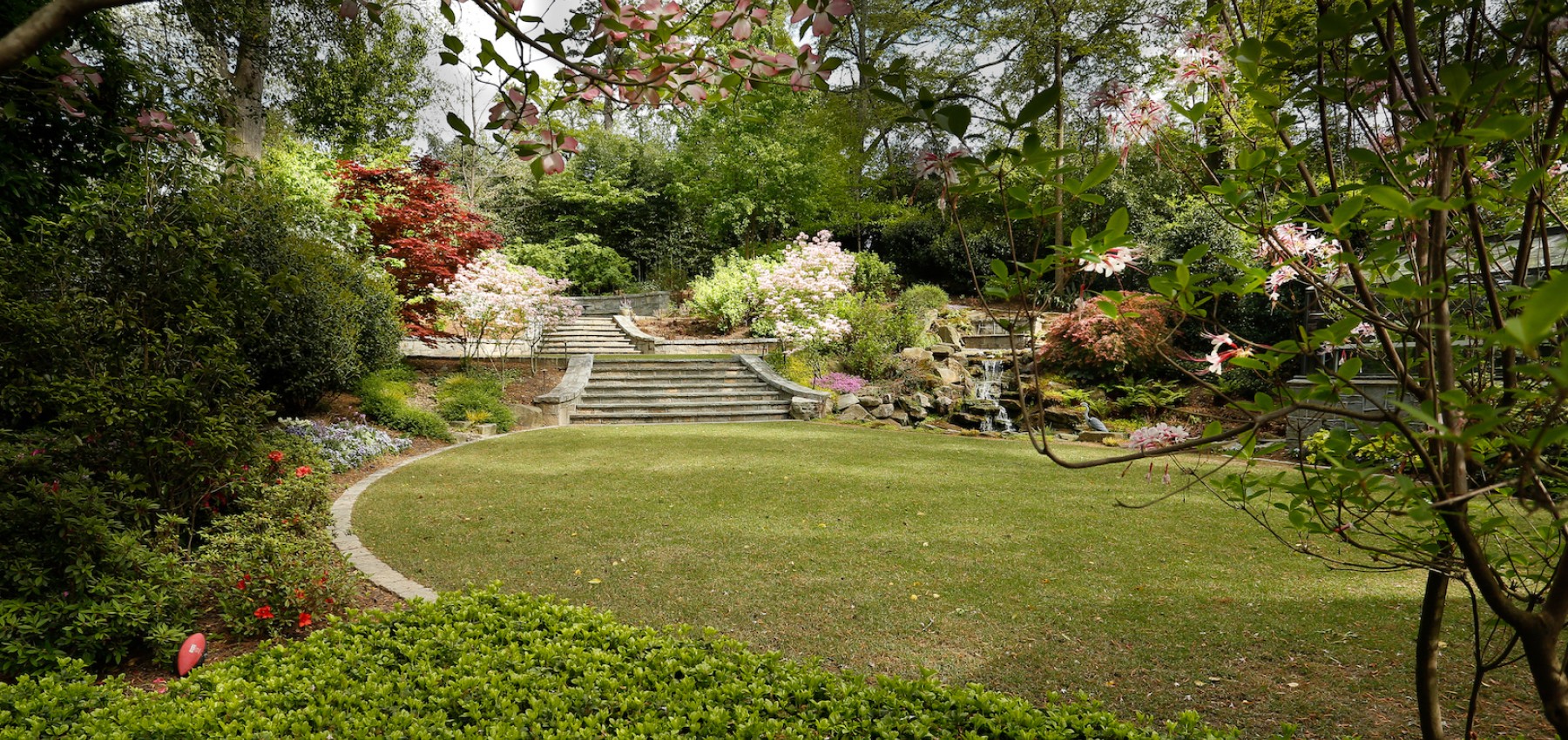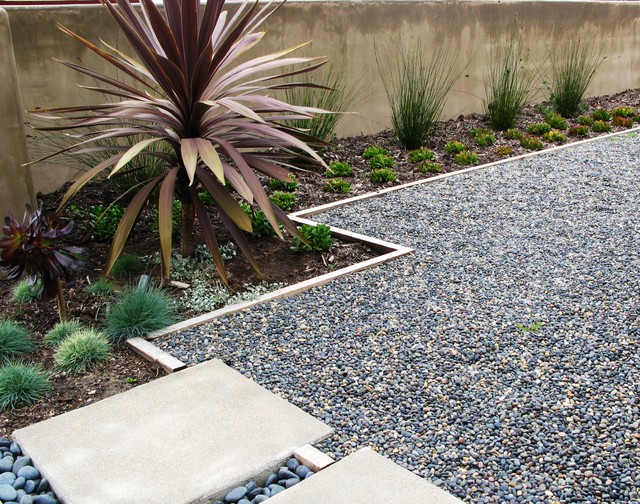The Best Guide To Landscapers
The Best Guide To Landscapers
Blog Article
The Ultimate Guide To Landscapers
Table of Contents5 Simple Techniques For LandscapersLandscapers for Dummies5 Easy Facts About Landscapers ExplainedOur Landscapers PDFsThe Basic Principles Of Landscapers
- A tree or shrub (bush) that loses its fallen leaves in wintertime. In the PNW there are semi-deciduous or semi-evergreen plants that may shed their leaves depending upon exactly how cool the winter is. Abelia and some hebe are examples. Landscapers. - A flat gathering room, made of wood or composite material (made to appear like timber), generally surrounding or affixed to a structure.

This is an all-natural procedure, and the outcome can be used for paths and patio areas. - Secret landscape features being suggested in a landscape design plan.
The Basic Principles Of Landscapers
These objectives lead the style procedure, not the developer's style or preferences. Typical style objectives in Rose city are reduced maintenance, drought forgiving, and pet pleasant. - Process for getting rid of or thinning the dead reduced level of a mature yard. Thatch is yard that has passed away and collected listed below the green blades.
However, gradually this layer can get really thick and make it hard for water, sunlight, and nutrients to get to portions of the grass.- The procedure of collecting and controlling the flow of water on a building. This can be performed with grading, French drains, dry wells, absorptive surface areas, sump pump, rainfall yards, and a lot more.
- A slow-moving feeding irrigation system that makes use of adaptable tubing and emitters to send out an accurate amount of water to each plant. - The ability of a plant to survive without much summer water.
- A garden function where water is stood for by an accumulated rock product, usually a crushed rock or granite.- A stone or flagstone outdoor patio, course, or sidewalk built without a concrete base.
6 Simple Techniques For Landscapers
- A rock retaining or cost-free standing wall surface developed without making use of mortar. A very skilled mason is required for a dry stack rock wall. The majority of wall surfaces in Portland are moist piled, also if they appear to be. - A below ground structure that accumulate water and permits it to slow percolate into the soil around it.
Landscape style that is suitable with a websites' atmosphere in both look and sustainability without negative influences to the environment. Interrupting the landscape is a line of demarcation that produces aesthetic rate of interest in the garden by dividing one segment from one more segment. This can be aesthetic or functional, maintaining one aspect (such as pea gravel) from obtaining mixed right into another (like bark dust).
Locations can also have a feeling of "unit" given by trees, other plantings, fences, or screens. The landscape near the access to a building.
A plant that is not native to the location where it will certainly be find more planted. Thicker bladed lawn grass that spread using rhizomes.: The level of dirt on your home before bark dust or garden compost is spread.
Landscapers Fundamentals Explained

The function, factor, or action that an area is be landscaped for. Stairways operate, as an example, to enable foot traffic backwards and forwards an incline. Room for expanding plants for watching, eating, or physical activity. A roofed structure utilized over an exterior event area. The growing of a seed, possibly describing a yard that is being grown from seed.
Rock item, either rounded or fractured, that is reasonably tiny- normally 1" or less. Low plants that are permitted or encouraged to spread out over an area. Can refer to any "hard" garden elements consisting of statuary or stones but many commonly is used to describe courses, patio areas, and walls.: Height distinction between the degree of water in a fish pond (or the level of the pump if it sits outside the fish pond) and the upper electrical outlet of water which affects efficiency of the water pump in gph (gallons per hour). Thick bushes or trees that create a fencing, display, or limit.

The 9-Minute Rule for Landscapers
A more relaxed yard dominated by curved instead than straight bed lines and a less stiff framework. Standard PNW landscapes are informal. A plant that spreads out more than preferred, or into environments where it does damages. Rose city has a checklist of invasive plants that ought to not be set up in landscapes since they can infect woodlands or waterways and be tough to regulate.
Can include head placements and insurance coverage, pipe sizing, GPM specs, and materials needed to install this system. Licensed specialist that develops landscapes, schooled in design and design as well as in cultivation.
The professional that intends and creates landscape projects, typically at a property or small industrial level with the major layout incentive on growings. Landscape developers generally have less schooling than Landscape Architects and are not licensed. A finished landscape style, outlining all components for the new landscape. This typically takes the type of a drawing theoretically.
A water limited HDPE material utilized beneath ponds, streams and waterfalls in water attributes. Using numerous growings Learn More Here of the same selection to fill up in a location in the landscape.
Report this page